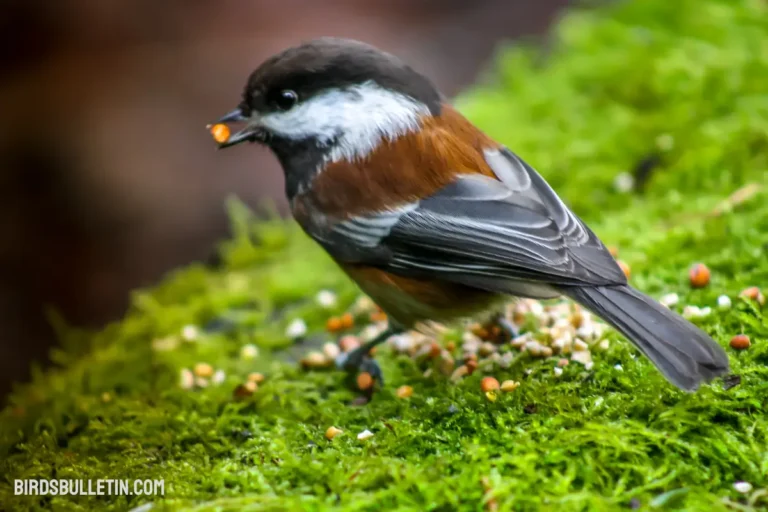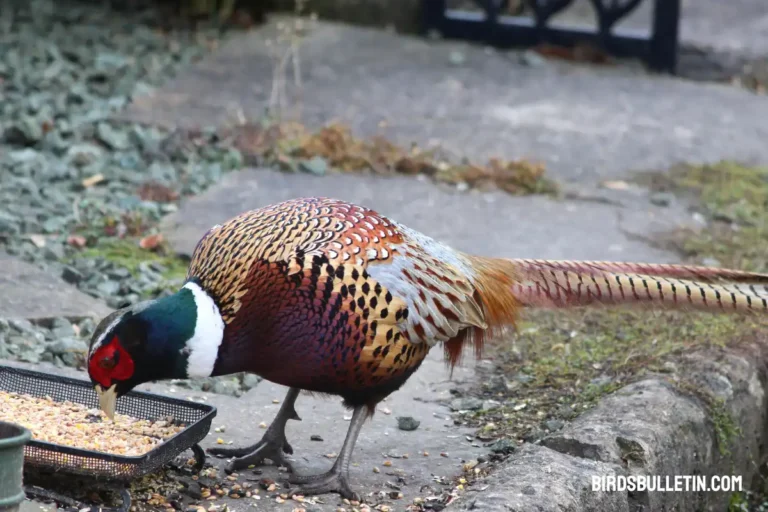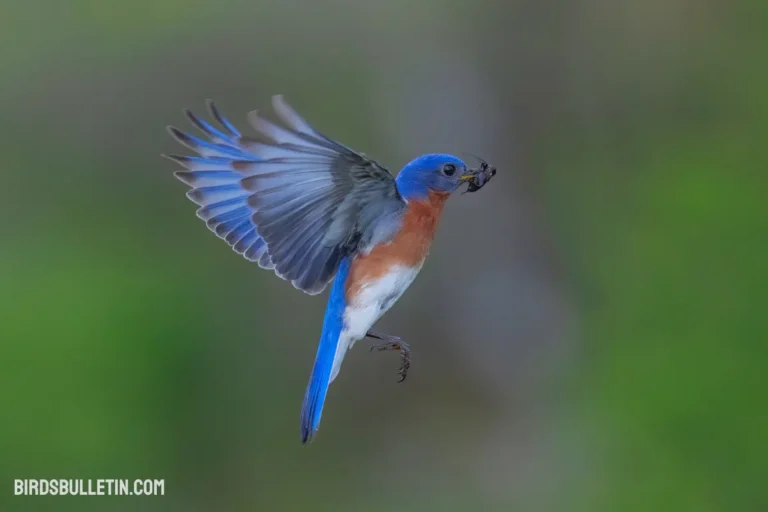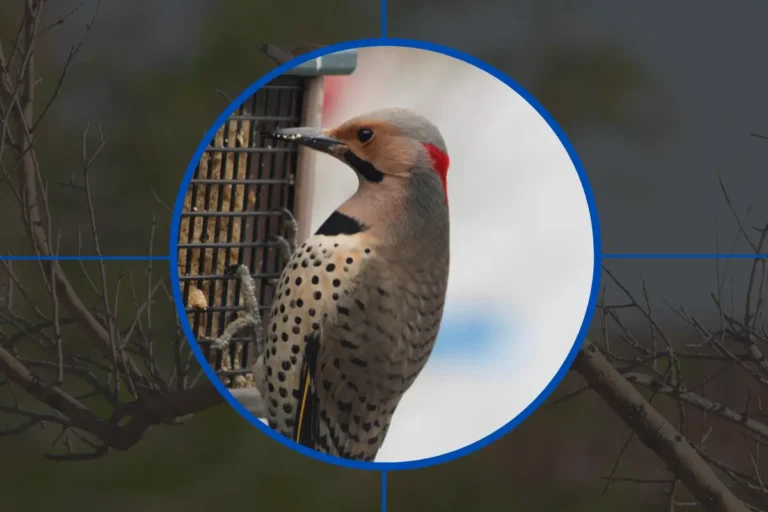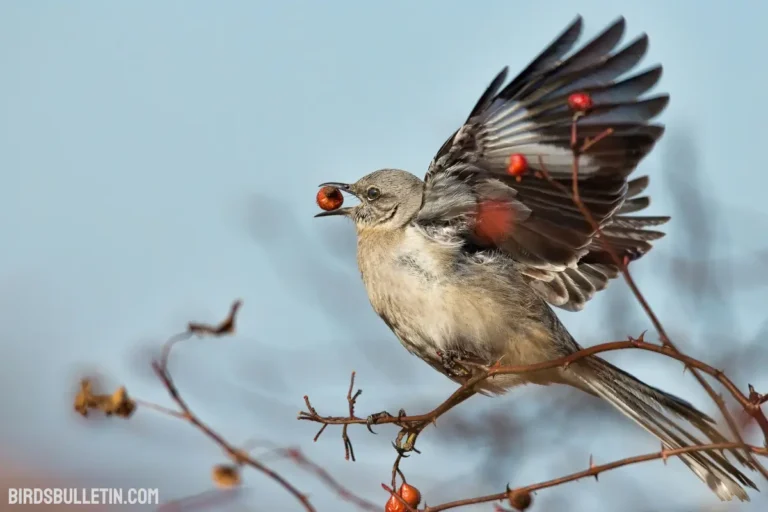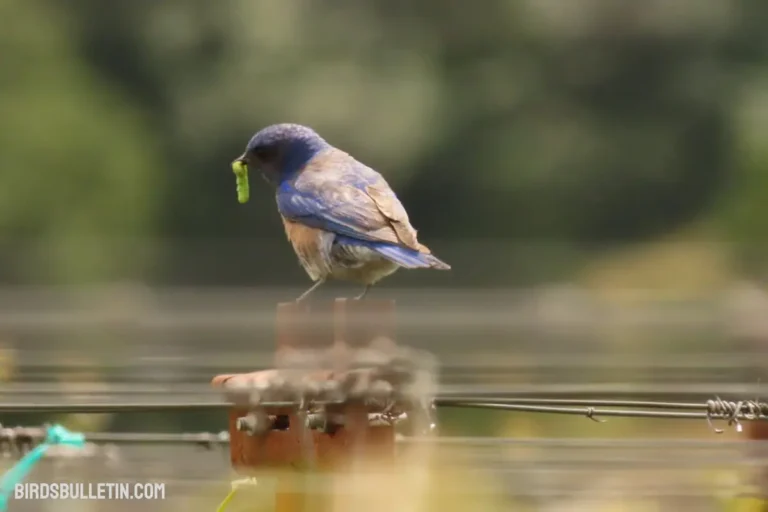What Does Mariana Fruit Dove Eat?
The Mariana fruit dove is a brightly colored, medium-sized dove endemic to the Mariana Islands in the western Pacific Ocean. Their diet consists mainly of fruit and plays an important role in seed dispersal and forest regeneration in their island habitats.
However, habitat loss and invasive species have put increasing pressure on fruit dove populations. Fruit doves forage alone or in pairs, feeding on a variety of native and non-native fruits and berries.
Their curved bills and extendable tongues are adapted for extracting pulp and seeds from fruit. While fruit is their major food source, they have also been observed occasionally eating insects, caterpillars, and even eggs.
Looking for more articles about birds’ food and diet
Favorite Foods
Mariana fruit doves seem to prefer figs and native fruits that are high in fat and protein content. Some of their favorite foods include:
| Food | Details |
|---|---|
| Figs | Figs of the species Ficus prolixa are an important staple. Their small seeds pass through the dove intact. |
| Elaeocarpus joga fruit | The olive-like fruit of this tall rainforest tree is eaten when ripe. |
| Pandanus fruit | The large red fruits of Pandanus trees are eaten for their pulpy seed covers. |
| Aglaia fruit | These small fleshy fruits ripen a yellowish color. |
| Guam olive fruit | Another small oval fruit dove’s tapered bill suits. |
How Often Do Mariana Fruit-Dove Eat?
Mariana fruit doves are opportunistic feeders, and their eating frequency varies based on food availability and environmental factors. On average, these fruit doves feed multiple times a day, engaging in short feeding bouts.
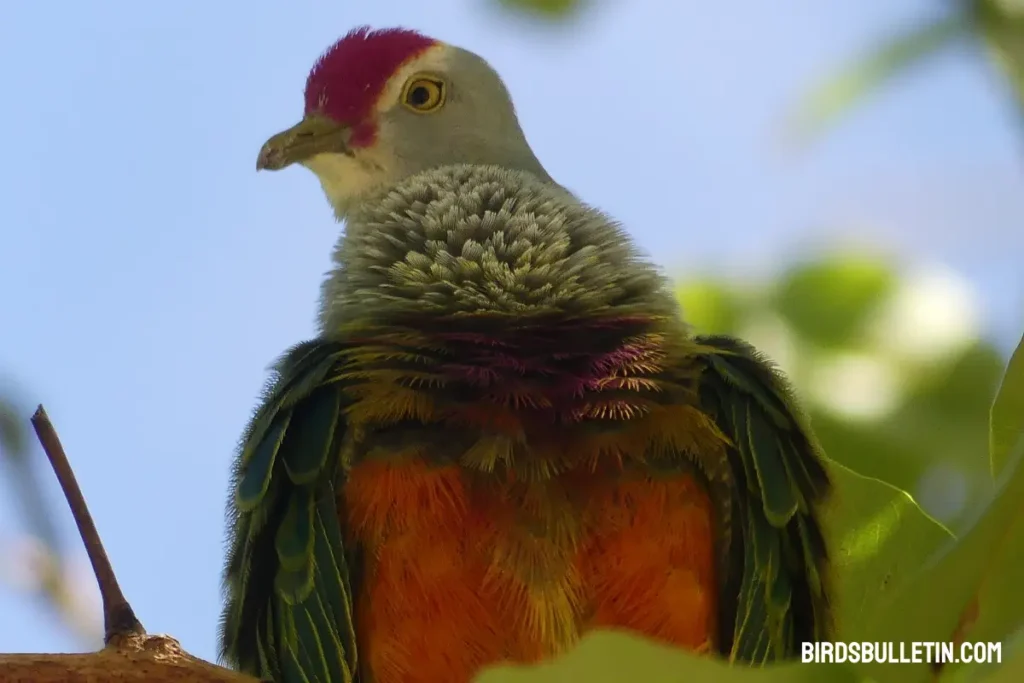
The frequency of their meals is often influenced by the abundance of ripe fruits in their habitat.
What Time Of Day Does Mariana Fruit-Dove Feed?
These fruit doves exhibit a diurnal feeding pattern, primarily foraging during daylight hours. Mornings and late afternoons are peak feeding times, aligning with the periods when fruits are most abundant and easily accessible.
This behavior not only aids in their nutritional needs but also serves as a survival strategy, reducing the risk of predation during the darker hours.
How Does Mariana Fruit-Dove Gather Food?
Equipped with agile flight capabilities, Mariana fruit doves navigate the dense vegetation of their habitats with ease. They use their strong beaks to pluck fruits from trees, and their dexterous feet allow them to maintain balance while perched on branches.
The birds are known for their precision in selecting ripe fruits, contributing to effective seed dispersal across the diverse ecosystems they inhabit.
How Do Mariana Fruit-Dove Eat In The Winter?
The Mariana Islands experience a tropical climate with no distinct winter season. However, the region does witness fluctuations in weather patterns, including occasional storms.
During adverse weather conditions, the availability of certain fruits may be affected. Mariana fruit doves adapt by diversifying their diet, relying on a broader range of fruits and seeds to sustain themselves during periods of scarcity.
What Do Mariana Fruit-Dove Babies Eat?
Mariana fruit-dove chicks initially feed on regurgitated crop milk produced by their parents. This highly nutritious substance provides essential nutrients and energy for the growing chicks.
As they mature, the chicks gradually transition to a diet that mirrors that of adult Mariana fruit doves, incorporating fruits and seeds into their feeding routine.
Frequently Asked Questions
01. Are Mariana fruit doves strictly herbivores?
Yes, Mariana fruit doves are primarily herbivores, with fruits and seeds comprising the bulk of their diet. While they may occasionally consume small insects, their feeding habits are predominantly focused on plant-based foods.
02. Do Mariana fruit doves migrate in search of food?
Mariana fruit doves are non-migratory birds, and their movements are generally limited to the Mariana Islands. They are well-adapted to the local ecosystems and rely on the abundance of fruits and seeds available in their natural habitats.
03. Are Mariana fruit doves endangered?
As of the last assessment in 2022, the Mariana fruit dove is not classified as endangered. However, like many island species, they face potential threats from habitat loss, introduced predators, and environmental changes.
Conclusion
From ripe native fruits like Elaeocarpus joga and Pandanus to more protein-rich figs, the specialized diet of the Mariana fruit dove is aligned with the seasonal production of fleshy fruit essential to the regeneration of tropical forests.
Continued research and habitat protection can better secure the dove’s key ecological role on islands under pressure from typhoons, habitat loss, and invasive species. Bolstering populations of this colorful Pacific endemic in turn supports broader ecosystem health and functioning.
Reference
- Pratt, T. K., et al. (1987). The Birds of Hawaii and the Tropical Pacific. Princeton University Press.
- Amidon, F. A., et al. (2017). Status and conservation of Mariana fruit doves on Saipan, Tinian, and Rota. Micronesica, 13(1), 45-58.
- Camp, R. J., et al. (2009). Birds of the Mariana Islands: An update. Micronesica, 41(2), 229-247.


